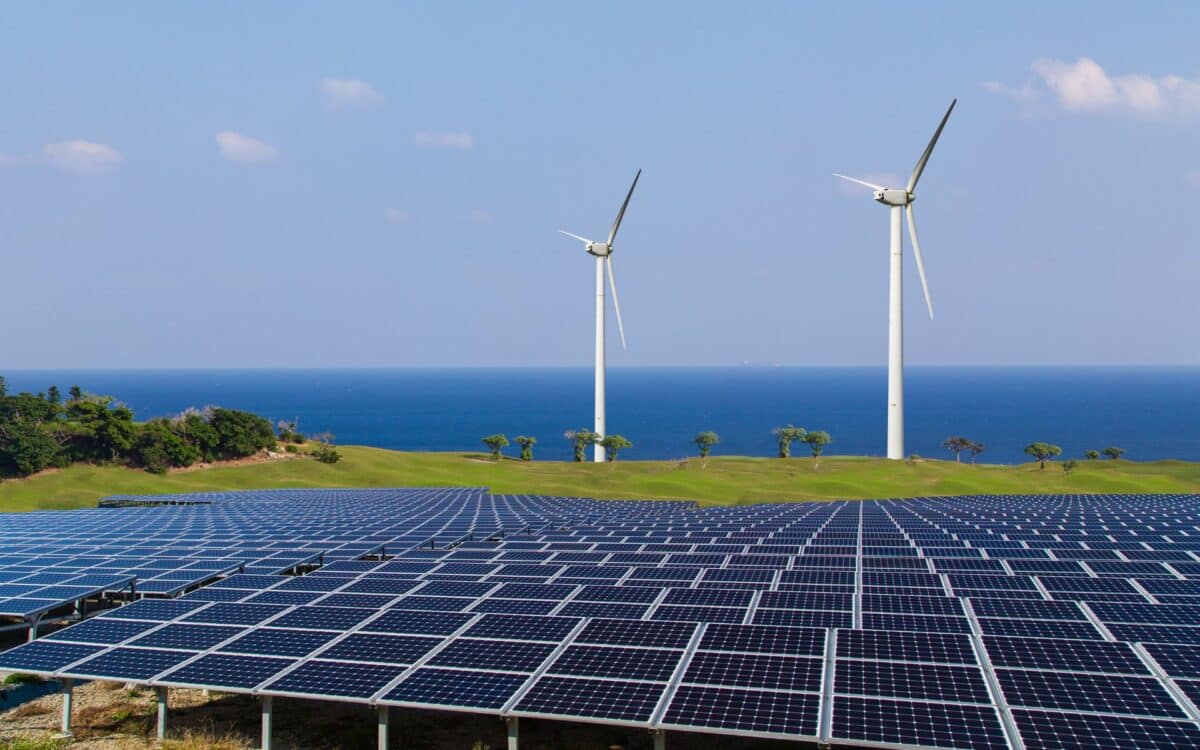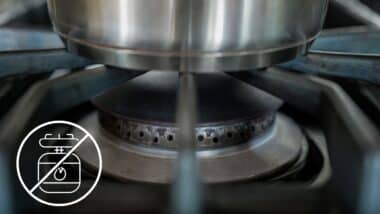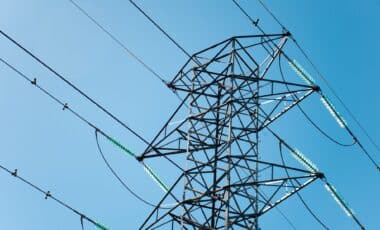Australia faces renewed scrutiny over its ability to meet a key renewables target set for 2030, amid mounting questions about the pace of progress in its energy transition. A recent analysis has brought national attention back to the timeline and feasibility of ongoing solar and wind developments.
According to reporting by Sky News, fresh data has prompted critics to re-examine the Albanese government’s approach, especially in light of the country’s existing energy infrastructure.
The emerging gap between ambition and delivery has added fuel to political debate, raising new concerns over energy pricing, industrial resilience, and long-term grid reliability.
New Report Forecasts a 14 Per Cent Shortfall
Earlier this week, global consultancy Wood Mackenzie released a report warning that Australia is on track to achieve only 68 percent of renewable electricity generation by 2030. This is 14 percentage points below the Labor government’s target of 82 percent.
The shortfall is attributed to major delays in the construction and delivery of large-scale solar and wind projects. The report notes that unless current bottlenecks are resolved, the country may need to rely on its coal-fired power plants for up to seven more years, raising questions about the path to net-zero and grid reliability.
Over $9 Billion in Renewables Projects Financed in 2024
According to the Clean Energy Council, more than $9 billion in renewables projects successfully secured financing in 2024. This includes significant public and private investment to expand Australia’s clean energy infrastructure, as well as support for battery storage and grid integration.
The Albanese government continues to promote its Capacity Investment Scheme as evidence that it is on track to meet its objectives. The scheme is designed to boost private sector investment and accelerate the deployment of firmed renewable generation.
Opposition Voices Criticism Over Feasibility and Costs
Liberal MP Andrew Wallace has strongly criticized the government’s strategy. Speaking to Sky News Australia, he stated:
Everybody knows that this government is not going to reach its targets. We all know that you can’t run a full-time economy with a part-time energy grid.
Wallace also raised concerns over the government’s emphasis on battery production as a backup for intermittent renewables:
Batteries are fine if you’re gonna have a short-term drop-off in the grid, but the reality is you just can’t provide, certainly can’t, provide industry with the power it needs with batteries.
He argued that without sufficient baseload power, sectors like manufacturing could face disruptions that may impact economic stability.
Energy Prices Rise Amid Concerns About Energy Security
The report has amplified worries about energy affordability. Wallace claimed that households are facing increasing pressure:
We’re paying $1,300 more a year in our energy bills and that is continuing to climb.
He acknowledged the impact of temporary rebates provided by both the federal (Commonwealth) and state governments, but warned about their sustainability:
There’s been those sugar hits that are in the rebates that the Commonwealth provided, and the states also provided, but, you know, that cannot be continued long term.
Wallace concluded with a broader warning about the consequences of the current path:
The reality is that Australians are paying more for their energy costs, but paying more because we no longer have energy security. If you can’t have energy security then what is the point in having these targets that we are setting ourselves, which are sending the country broke?









